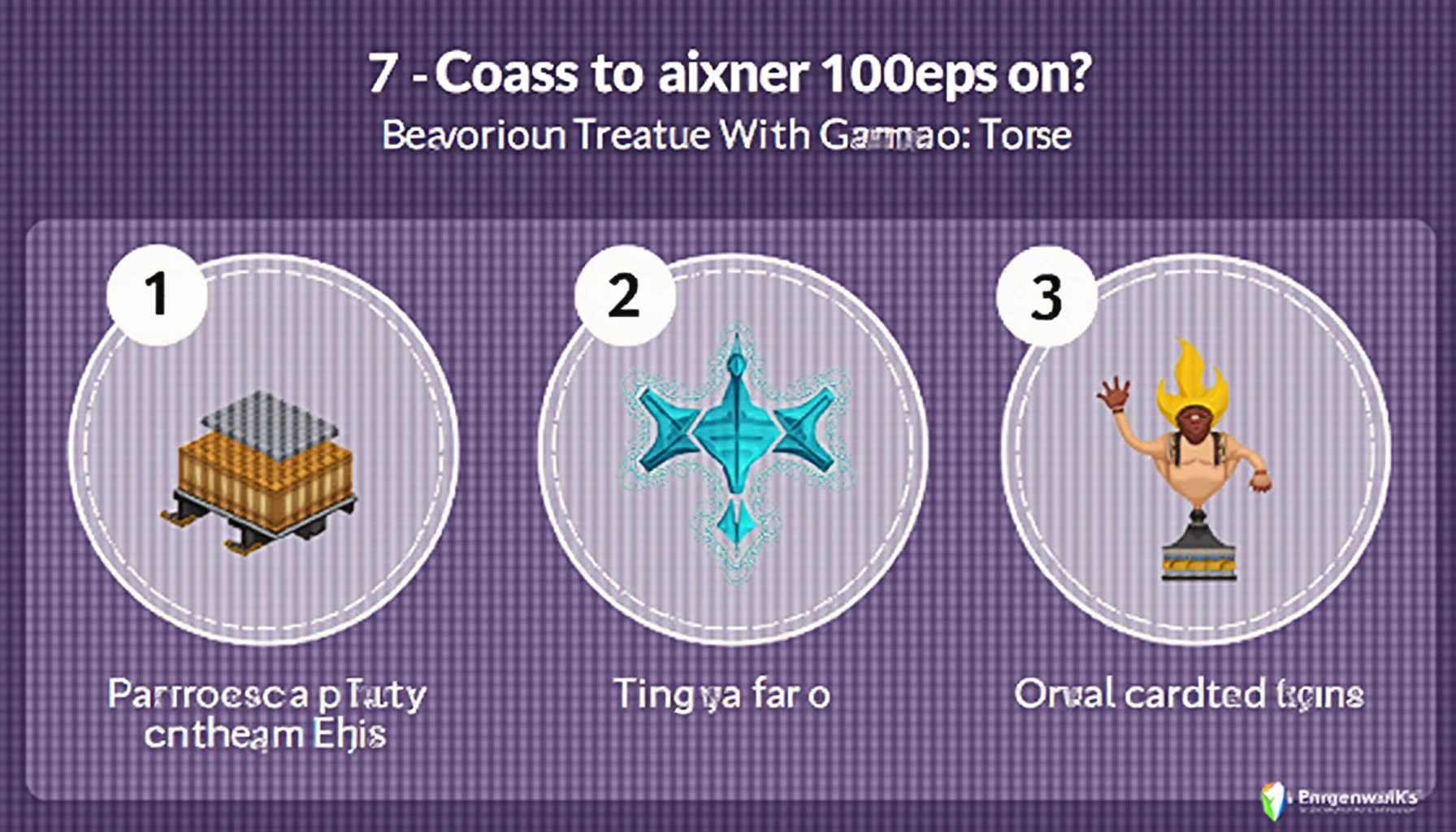Introduction: Why Create a Gaming Token?
Have you ever wondered how gaming tokens can revolutionize the gaming industry? With over 3 billion gamers worldwide, tokenized assets are becoming a prominent way for developers to engage their communities. The Ethereum blockchain offers a user-friendly platform for creating gaming tokens, but where do you start? In this guide, we’ll walk you through the essential steps of creating a gaming token on Ethereum.
Step 1: Understanding the Basics of Blockchain Technology
Before diving in, it’s crucial to grasp the fundamentals of blockchain technology. In simple terms, blockchain is like a digital ledger that ensures transparency and security. For instance, think of it as a community bulletin board where everyone can post and view transactions. It’s essential to understand how this works because your gaming token will rely on this technology.
What is a Token?
In the context of the Ethereum network, a token represents a digital asset. It can be anything from in-game currency to unique collectible items. You might be wondering, “Why use Ethereum?” Here are a few reasons:

- Ethereum offers robust smart contracts that automate processes.
- The large developer community provides extensive resources and support.
- Well-established protocols make it easier for your token to interact with other platforms.
Step 2: Setting Up Your Development Environment
After familiarizing yourself with the basics, it’s time to set up your development environment. Here’s what you’ll need:
- Node.js: A JavaScript runtime for building your token.
- Truffle Suite: A development framework for Ethereum.
- Ganache: A personal blockchain for testing your token.
Once you have these tools, you can start developing your token with relative ease using pre-built templates.
Step 3: Writing the Smart Contract
The heart of your gaming token is its smart contract. This is the code that governs how your token will operate. You can use the ERC20 standard for fungible tokens or ERC721 for unique digital assets (non-fungible tokens). Here’s a simplified structure:
pragma solidity ^0.8.0;
contract MyGamingToken {
string public name = "My Gaming Token";
string public symbol = "MGT";
uint8 public decimals = 18;
uint256 public totalSupply = 1000000 * (10 ** uint256(decimals));
}
Make sure to customize your contract according to your gaming needs!
Step 4: Deploying Your Gaming Token
Once your smart contract is written, it’s time to deploy it onto the Ethereum blockchain. This involves:
- Compiling the contract using Truffle
- Deploying through Ganache to test
- Moving to the main network for public access
Keep in mind that deploying on the Ethereum mainnet involves a gas fee, so prepare some ETH!
Conclusion: Your Gaming Token Journey Begins
Creating a gaming token on the Ethereum blockchain is a rewarding endeavor that could revolutionize your project. By understanding blockchain technology and following our practical steps, you’re well on your way to launching your very own digital asset. Want to take your understanding further? Dive deeper into our articles on cryptocurrency trading and Ethereum smart contracts. Remember, proper research and development are critical!


